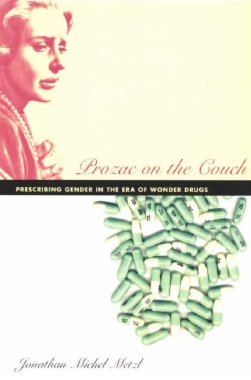

Since the late 1960s, the National Assessment of Educational Progress (NAEP)—the nation's report card—has been the only continuing measure of student achievement in key subject areas. Increasingly, educators and policymakers have expected NAEP to serve as a lever for education reform and many other purposes beyond its original role.
Grading the Nation's Report Card examines ways NAEP can be strengthened to provide more informative portrayals of student achievement and the school and system factors that influence it. The committee offers specific recommendations and strategies for improving NAEP's effectiveness and utility, including:
The book explores how to improve NAEP framework documents—which identify knowledge and skills to be assessed—with a clearer eye toward the inferences that will be drawn from the results.
What should the nation expect from NAEP? What should NAEP do to meet these expectations? This book provides a blueprint for a new paradigm, important to education policymakers, professors, and students, as well as school administrators and teachers, and education advocates.